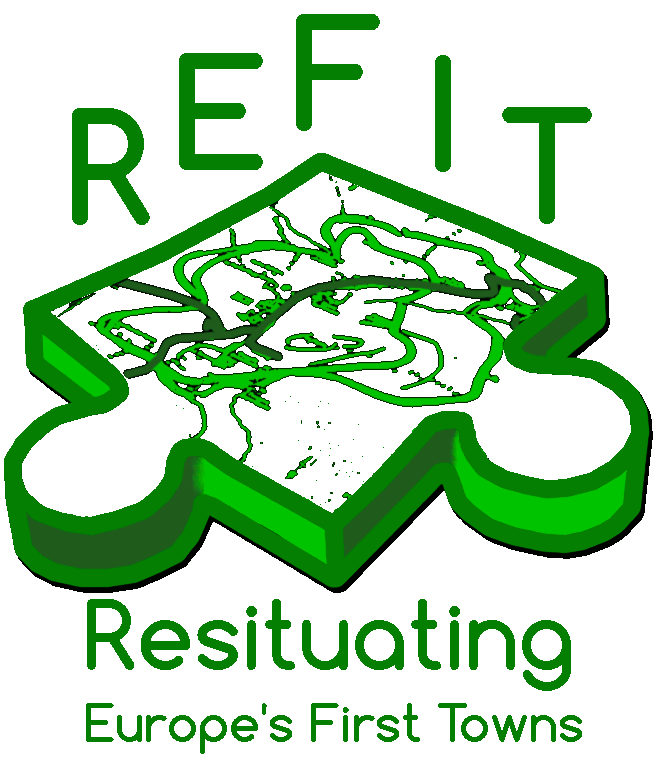
What is a cultural landscape?
Originating in the early 20th century, the term cultural landscape was first brought to prominence by UNESCO at the World Heritage Convention in 1992. Most simply, a cultural landscape is one shaped by both nature and human action. As such, most of the Earth’s surface is made up of ‘cultural landscapes’ resulting from the interaction of people with their environment. These landscapes are constructed from people’s lives, their perceptions and are often fundamental to people's sense of identity and well-being. Fundamentally, the concept of cultural landscapes recognises that human actions, of all kinds, cannot be divorced from other aspects of these landscapes, including their ecology, heritage, economics, along with other aspects such as communities’ belief systems. More recently, the 'Millennium Ecosystem Assessment' undertaken by the UN, further recognises that the value(s) of such landscapes, particularly in providing well-being, cannot be divorced from their other roles or economic value when considering their signifcance and management. Combined, this is sometimes thought of as the 'Natural Capital' of landscapes.
In 2000, the Council of Europe recognised the importance of managing cultural landscapes more effectively. This led to the European Landscape Convention (ratified by France, Spain and the UK in 2006) which has influenced government policy and underpins a European emphasis on developing ways to manage landscapes in a sustainable framework.
This project recognises that oppida, as a form of archaeological monument, are unusual in representing both specific ‘sites’ but also, because of their scale and roles in the past (often 10s or 100s of hectares), representing cultural landscapes in themselves. They, therefore, pose a particular challenge and opportunity for us to explore how people perceive such landscapes and how we might manage them in more integrated ways.

Exploring the Bagendon landscape (Gloucestershire, UK)

The Ambles valley from entrance to Ulaca oppidum (Avila, Spain)
Further reading:
(click underlined text for links)
Council of Europe, 2000, European Landscape Convention available at: https://rm.coe.int/CoERMPublicCommonSearchServices/DisplayDCTMContent?documentId=09000016802f80c6
UNESCO 2009. World Heritage Cultural Landscapes A Handbook for Conservation and Management
Fairclough, G. and Rippon, S. 2002. Europe's cultural landscape : Archaeologists and the management of change. Brussels : Europae Archaeologiae Consilium
Natural England (2010) guidelines: European Landscape Convention
Millennium Ecosystem Assessment
